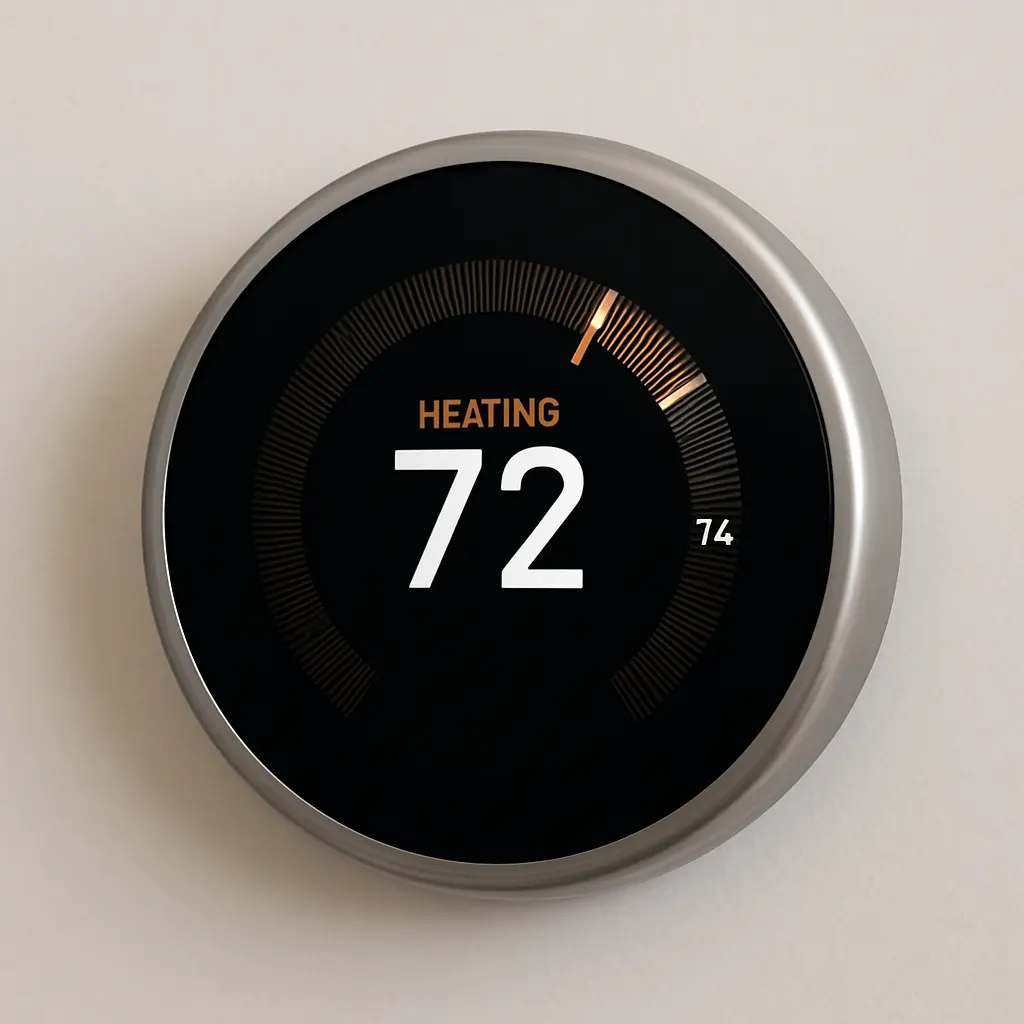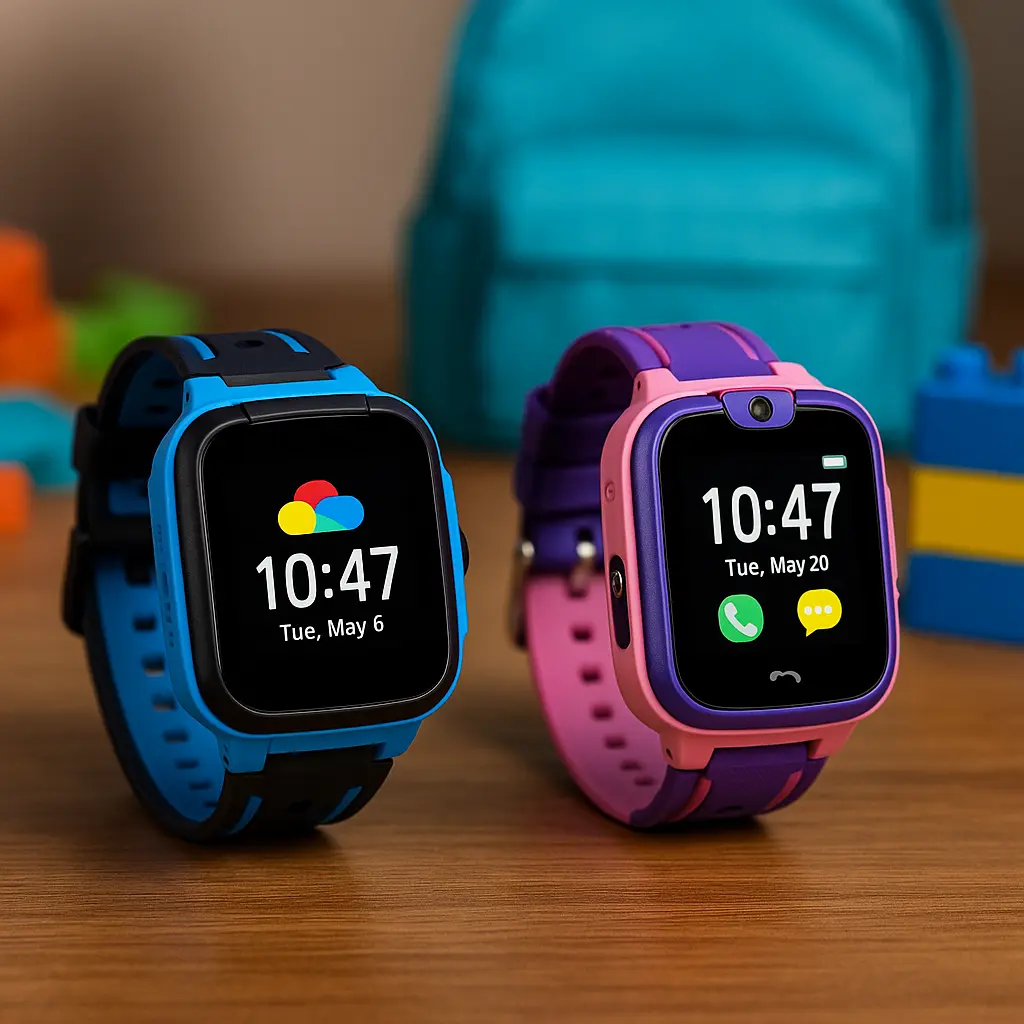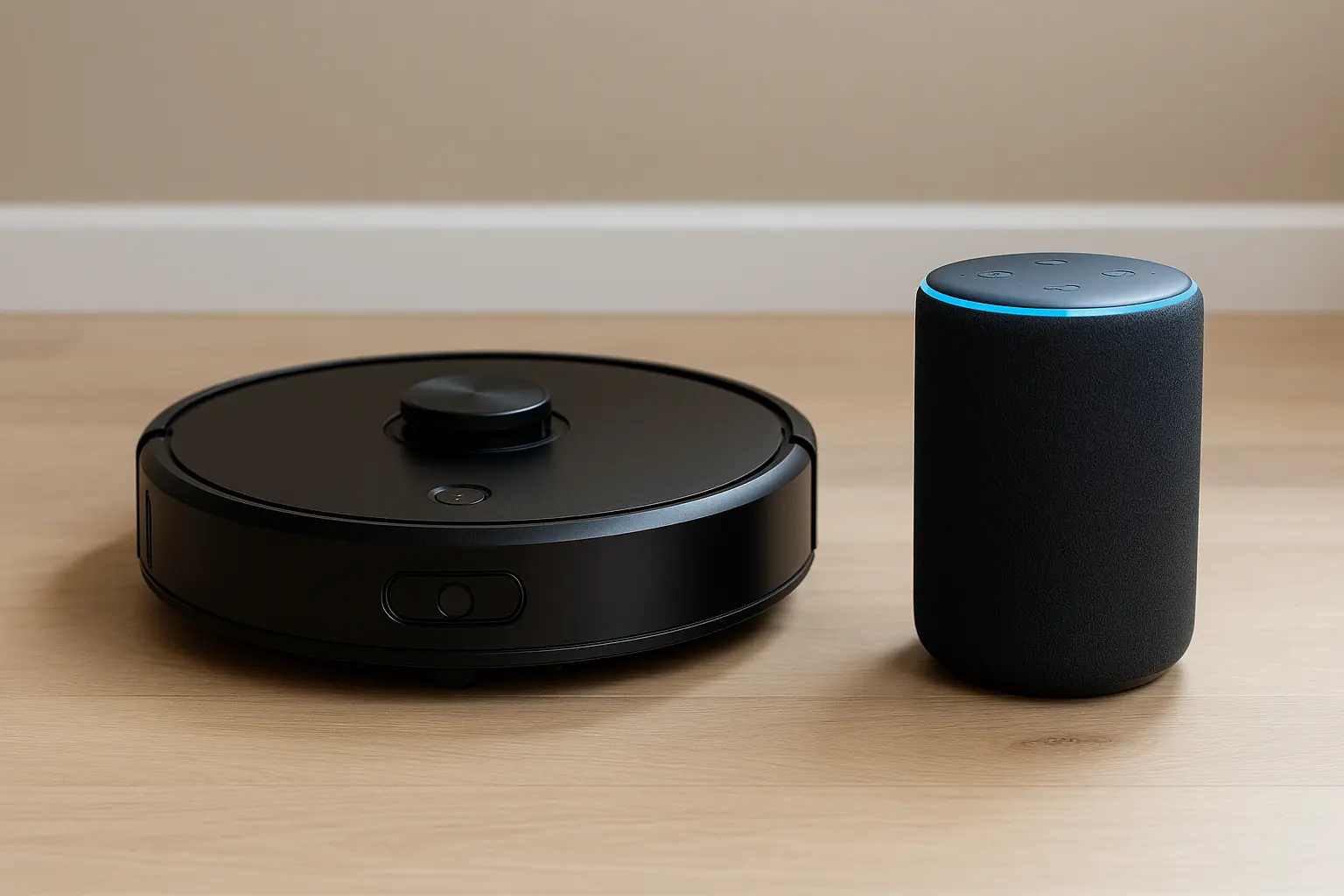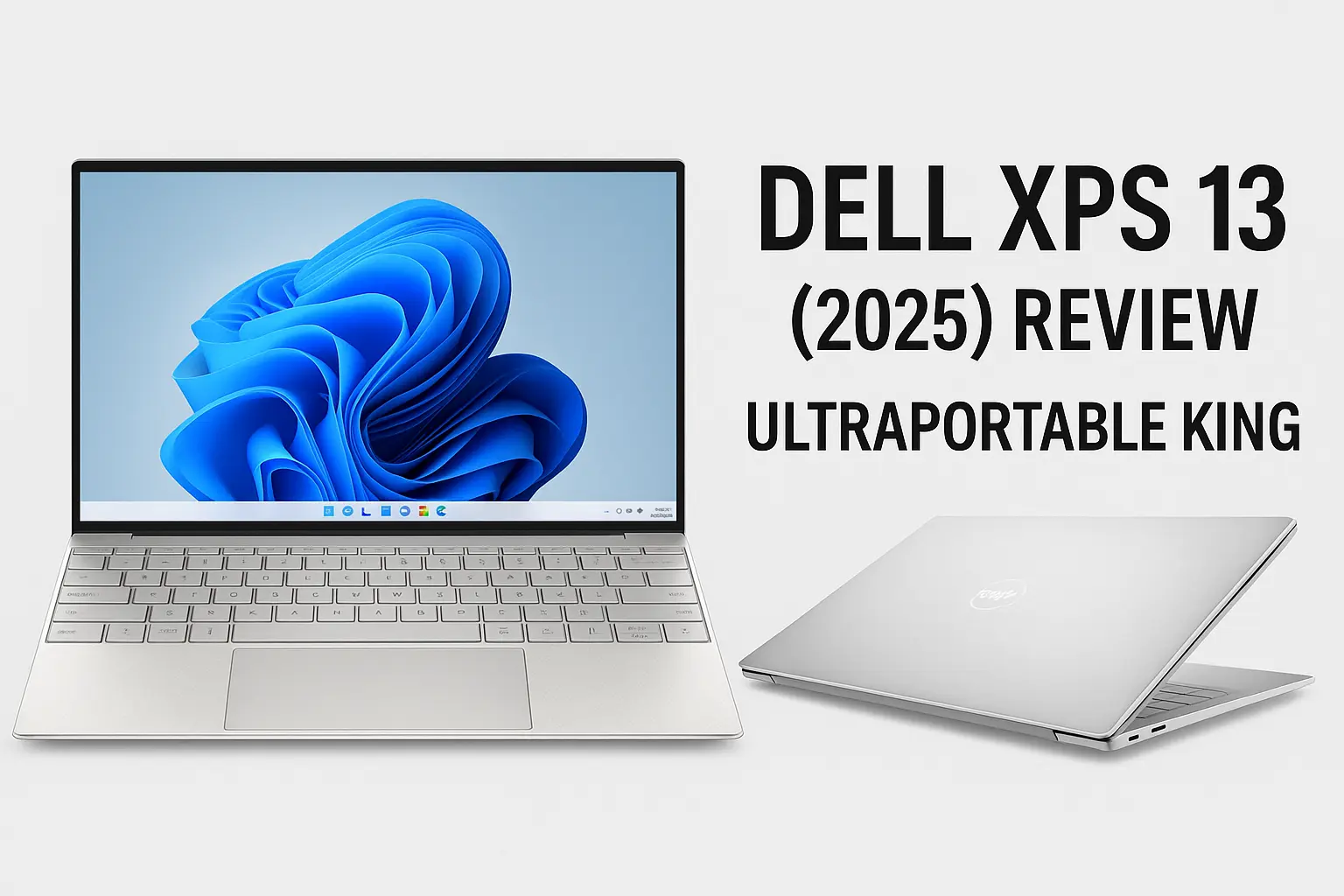Dell XPS 13 (2025) Full Review – Specs, Pros & Cons of the Ultraportable King
Contents
- 1 ✍️ Introduction
- 2 💻 Quick Specs – Dell XPS 13 (2025)
- 3 ✅ What We Love – Pros
- 4 ❌ What Could Be Better – Cons
- 5 🧪 Performance Test Summary
- 6 🔋 Battery Life & Charging
- 7 🧳 Who Should Buy the Dell XPS 13 (2025)?
- 8 🔁 Alternatives to Consider
- 9 📊 Comparison Table
- 10 🔚 Final Verdict: Still the King?
- 11 🔗 Read More Articles
✍️ Introduction
The Dell XPS 13 has been a legend in the ultraportable laptop game for years—praised for its sleek design, compact form factor, and surprisingly powerful performance. But here we are in 2025, and with fierce competition from the likes of the MacBook Air M3, HP Spectre x360, and ASUS ZenBook S 13 OLED, the question arises: is the XPS 13 still the king of ultraportables?
Dell’s 2025 refresh keeps the familiar minimalist aesthetic while introducing internal upgrades to keep pace with modern demands. Whether you’re a student, a remote worker, or a frequent traveler, the Dell XPS 13 (2025) is clearly aiming to remain your go-to laptop. But how does it actually perform in real-world use? And is it still worth the price?
In this in-depth review, we’ll break down everything from the hardware specs and build quality to real performance, battery life, and of course—who this laptop is really for. Let’s find out if the Dell XPS 13 (2025) is still worth the hype, or if it’s time to consider the alternatives.
💻 Quick Specs – Dell XPS 13 (2025)
| Feature | Detail |
|---|---|
| Display | 13.4″ FHD+ or 3.5K OLED, InfinityEdge |
| Processor | Intel Core Ultra 7 (Meteor Lake) |
| RAM | 16GB / 32GB LPDDR5x |
| Storage | 512GB / 1TB PCIe Gen 4 SSD |
| Graphics | Integrated Intel Arc |
| Battery Life | Up to 13 hours (FHD), 8–10 hours (OLED) |
| Weight | 2.59 lbs (1.17 kg) |
| Build | CNC Aluminum + Gorilla Glass 6 |
| Ports | 2x Thunderbolt 4, 1x Audio jack |
| OS | Windows 11 Home |
| Price (US) | Starts at $1,199 |
✅ What We Love – Pros
🔥 Ultra-premium design: The aluminum chassis and edge-to-edge keyboard still scream elegance.
💡 Gorgeous OLED option: Vivid colors and deep blacks—perfect for streaming and creative work.
⚡ Excellent performance: The Intel Ultra series handles multitasking, video editing, and even light gaming surprisingly well.
🔋 Battery efficiency: The FHD+ variant offers a full workday on a single charge.
🌎 Ultra-portable: Thin and light enough for daily commutes and travel.
❌ What Could Be Better – Cons
💵 Expensive entry point: The base model is still over $1,000, which isn’t ideal for budget shoppers.
🧊 Can run warm: Especially during prolonged productivity or streaming sessions.
⚙️ Limited ports: Only USB-C/Thunderbolt ports mean dongles are almost mandatory.
🛠️ Non-upgradable RAM: What you buy is what you’re stuck with—so choose wisely.
🧪 Performance Test Summary
Whether you’re editing photos on Lightroom, juggling multiple Chrome tabs, or attending Zoom meetings all day, the Dell XPS 13 handles it smoothly. The Intel Arc iGPU is surprisingly capable for casual gaming (yes, Valorant works!) and video rendering.
However, if you’re into heavy 3D rendering or AAA gaming, this isn’t the machine for you.
🔋 Battery Life & Charging
On real-world usage:
FHD+ model: easily 10–12 hours (web browsing, Docs, Zoom)
OLED version: around 7–9 hours depending on brightness
It charges via USB-C (65W), and you get about 80% in just under an hour.
🧳 Who Should Buy the Dell XPS 13 (2025)?
| User Type | Fit? | Reason |
|---|---|---|
| Remote workers | ✅ Yes | Portable, quiet, long battery |
| College students | ✅ Yes | Lightweight, durable, great display |
| Creatives/designers | ⚠️ Maybe | OLED great, but limited GPU |
| Gamers | ❌ No | Not built for serious gaming |
| Business travelers | ✅ Yes | Ideal balance of power & portability |
🔁 Alternatives to Consider
MacBook Air M3 (2025) – Longer battery, macOS ecosystem
HP Spectre x360 14 (2025) – 2-in-1 flexibility, more ports
ASUS ZenBook S 13 OLED – Cheaper, lightweight, colorful display
Lenovo Yoga 9i Gen 8 – Rotatable screen, better audio
📊 Comparison Table
| 💻 Laptop | 🖥️ Display | ⚖️ Weight | 🔋 Battery | 💰 Price |
|---|---|---|---|---|
| Dell XPS 13 (2025) | FHD+/OLED | 1.17 kg | 8–13 hrs | From $1,199 |
| MacBook Air M3 | Liquid Retina | 1.24 kg | 12–16 hrs | From $1,099 |
| HP Spectre x360 14 | OLED Touch | 1.34 kg | 10–12 hrs | From $1,149 |
| ASUS ZenBook S 13 OLED | OLED | 1.00 kg | 10–11 hrs | From $999 |
🔚 Final Verdict: Still the King?
If you’re after style, speed, and screen quality in a tiny package, the Dell XPS 13 (2025) still reigns supreme. It’s not the most affordable option, but it packs plenty of value for power users who care about portability. Just make sure you’re okay living the dongle life.
⭐ Score: 8.7/10 – Premium ultraportable, with beauty and brains.
🔗 Read More Articles
Want to see how it stacks up against Apple’s latest offering? Check out our MacBook Air M3 (2025) Review.
If battery life is your top priority, explore other top options in our Best Laptops with Long Battery Life – 2025 Guide.
Prefer a laptop that doubles as a tablet? Check our picks in Best 2-in-1 Laptops for Work & Play – 2025.
Looking for something more affordable but still powerful? Don’t miss our Best Budget Laptops for 2025.
If you’re also getting ready for school or work, don’t miss our guide to the Best Budget Laptops for College Students 2025
![Stream Without Limits – Best Wi-Fi 7 Routers for Buffer-Free Entertainment [2025] 1 Four modern Wi-Fi 7 routers displayed on a dark surface with a clean blue background, highlighting their sleek design and advanced antenna configurations.](https://www.techgadgetradar.com/wp-content/uploads/2025/06/best-wifi7-routers-streaming-2025-feature-image.webp)
![Fast, Cheap & Future-Proof – Best 5G Phones Under $400 [2025 Picks] 2 Four modern 5G smartphones under $400 in 2025 displayed on wooden table with vibrant screens](https://www.techgadgetradar.com/wp-content/uploads/2025/06/best-5g-phones-under-400-2025-feature.webp)



![Type Like a Pro – Best Mechanical Keyboards for Your Mac Setup [2025] 6 MacBook connected to a compact mechanical keyboard on a wooden desk](https://www.techgadgetradar.com/wp-content/uploads/2025/06/best-mechanical-keyboard-mac-setup-2025-feature.webp)
